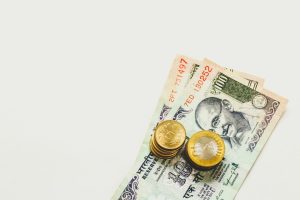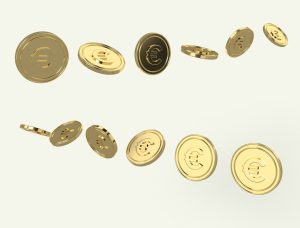Forex trading, also known as foreign exchange trading, is the buying and selling of currencies with the aim of making a profit. The forex market is the largest and most liquid financial market in the world, with an estimated daily turnover of over $5 trillion. It is a decentralized market, meaning it has no physical location, and trades take place electronically over-the-counter (OTC).
Forex trading involves buying one currency while simultaneously selling another currency. The objective is to profit from the difference between the buying and selling prices. For example, if you believe the value of the euro will increase against the US dollar, you would buy euros with US dollars. If the value of the euro does increase, you would sell the euros back for US dollars at a higher price, thus making a profit.
There are a few key concepts to understand before diving into forex trading.
Currency pairs: Forex trading involves trading currency pairs, which are made up of two currencies. The first currency in the pair is the base currency, while the second currency is the quote currency. For example, in the EUR/USD currency pair, the euro is the base currency, and the US dollar is the quote currency.
Pips: The smallest unit of movement in a currency pair is called a pip. Most currency pairs are quoted to four decimal places, so a movement of one pip would be 0.0001. The value of a pip depends on the size of the trade and the currency pair being traded.
Leverage: Forex brokers offer leverage, which allows traders to control a larger amount of money than they have in their account. For example, if a broker offers 100:1 leverage, a trader can control $100,000 with a $1,000 deposit. While leverage can amplify profits, it can also amplify losses, so it should be used with caution.
Margin: Margin is the amount of money required to open a trade. Forex brokers require traders to put up a certain amount of margin to cover potential losses. Margin requirements vary by broker and by currency pair.
Now that you understand the basics, let’s go through the steps of how to start trading forex.
Step 1: Choose a forex broker
The first step in forex trading is to choose a broker. A broker is a financial institution that connects traders to the forex market. There are many forex brokers to choose from, so it’s important to do your research and choose a reputable broker that meets your needs.
When choosing a broker, consider the following factors:
– Regulation: Choose a broker that is regulated by a reputable financial authority, such as the Financial Conduct Authority (FCA) in the UK or the National Futures Association (NFA) in the US. Regulated brokers are required to adhere to strict rules and regulations to protect traders.
– Trading platform: Choose a broker that offers a trading platform that is user-friendly and meets your needs. Most brokers offer the popular MetaTrader 4 (MT4) or MetaTrader 5 (MT5) platforms, which are widely used and have a range of features.
– Spreads: Spreads are the difference between the bid and ask price of a currency pair. Choose a broker that offers competitive spreads, as this can affect your overall profitability.
– Customer support: Choose a broker that offers good customer support, as you may need help with technical issues or have questions about trading.
Step 2: Open a demo account
Once you’ve chosen a broker, it’s a good idea to open a demo account. A demo account allows you to practice trading with virtual money, without risking your own capital. This is a good way to get familiar with the trading platform and test your trading strategies.
Step 3: Learn the basics of forex trading
Before you start trading with real money, it’s important to learn the basics of forex trading. There are many resources available online, including forex tutorials, webinars, and trading courses. It’s also a good idea to read books on trading psychology and risk management.
Some key concepts to learn include:
– Technical analysis: Technical analysis involves using charts and indicators to analyze price movements and identify trading opportunities.
– Fundamental analysis: Fundamental analysis involves analyzing economic and political events that may affect currency prices.
– Risk management: Risk management involves managing your trades to minimize potential losses.
Step 4: Develop a trading plan
Once you’ve learned the basics of forex trading, it’s important to develop a trading plan. A trading plan should include your trading goals, risk tolerance, and trading strategy. It’s important to stick to your trading plan and avoid emotional trading decisions.
Step 5: Start trading with real money
Once you feel comfortable with your trading plan, it’s time to start trading with real money. Start with a small amount of capital and use proper risk management to minimize potential losses. It’s important to keep track of your trades and analyze your performance to improve your trading strategy.
In conclusion, forex trading can be a lucrative and exciting way to make money. However, it’s important to do your research, learn the basics, and develop a trading plan before diving in. With proper risk management and a disciplined approach, forex trading can be a rewarding experience.





